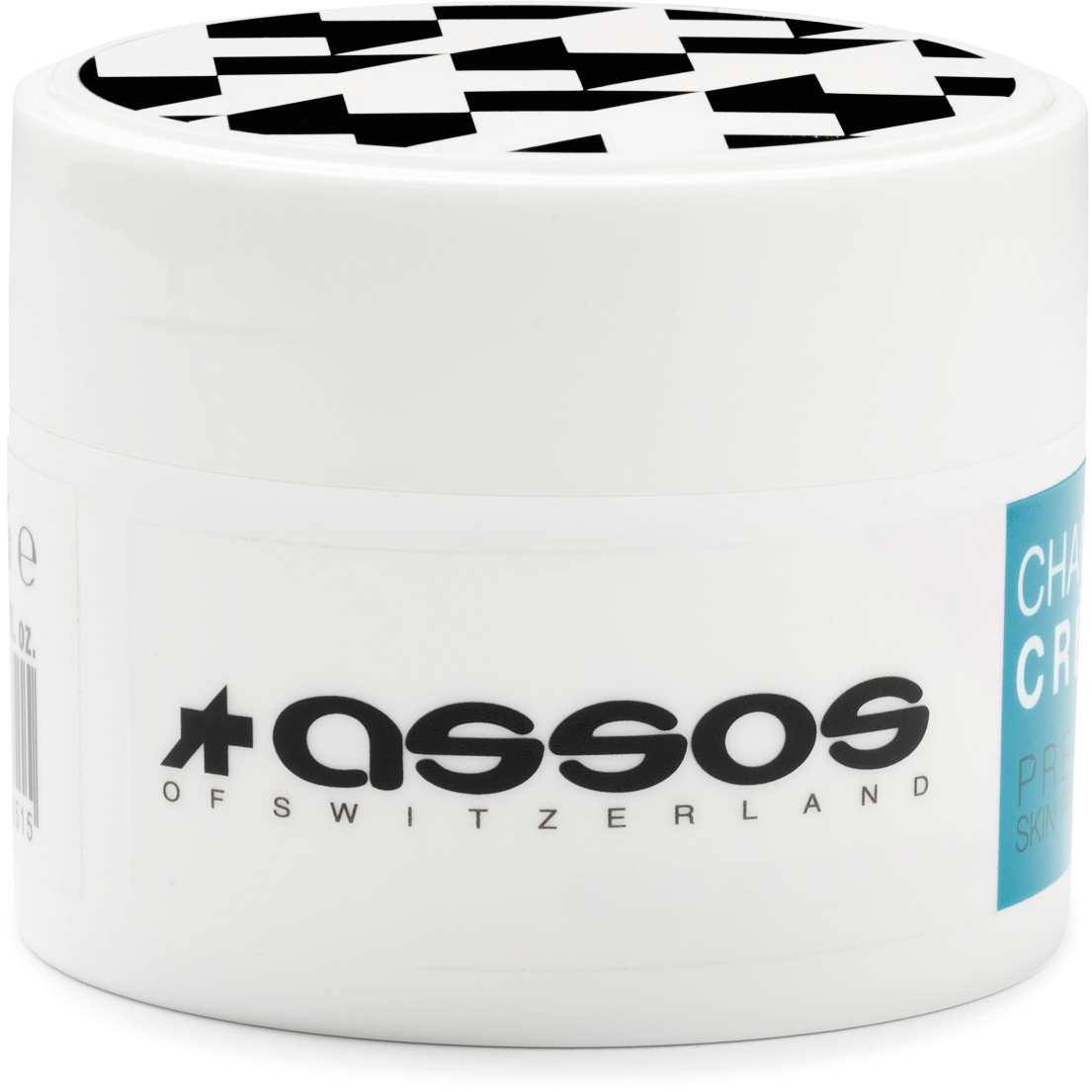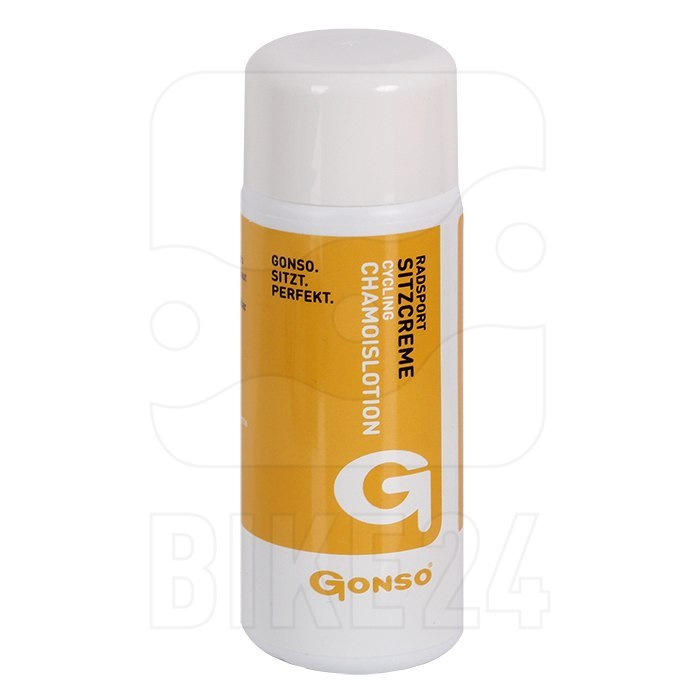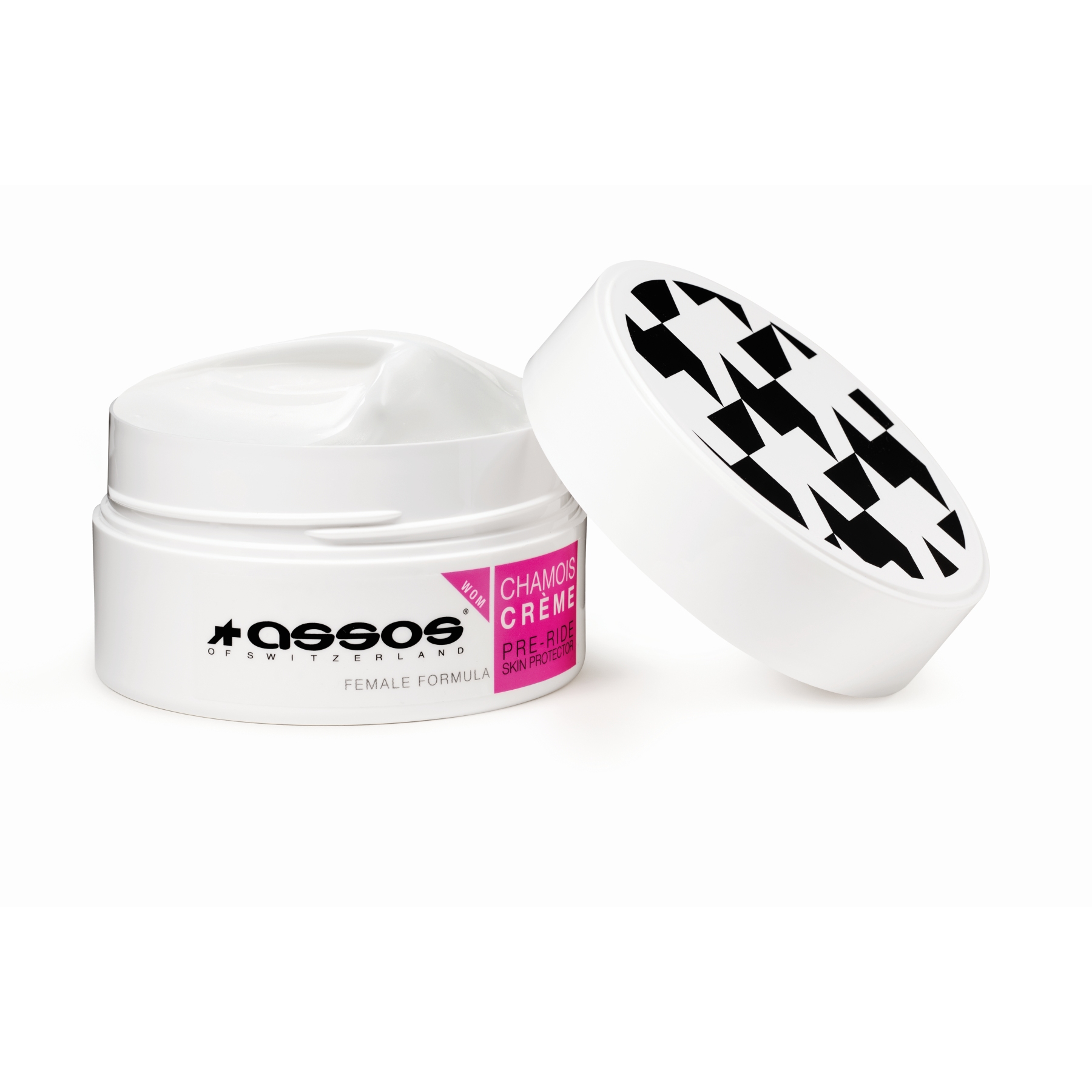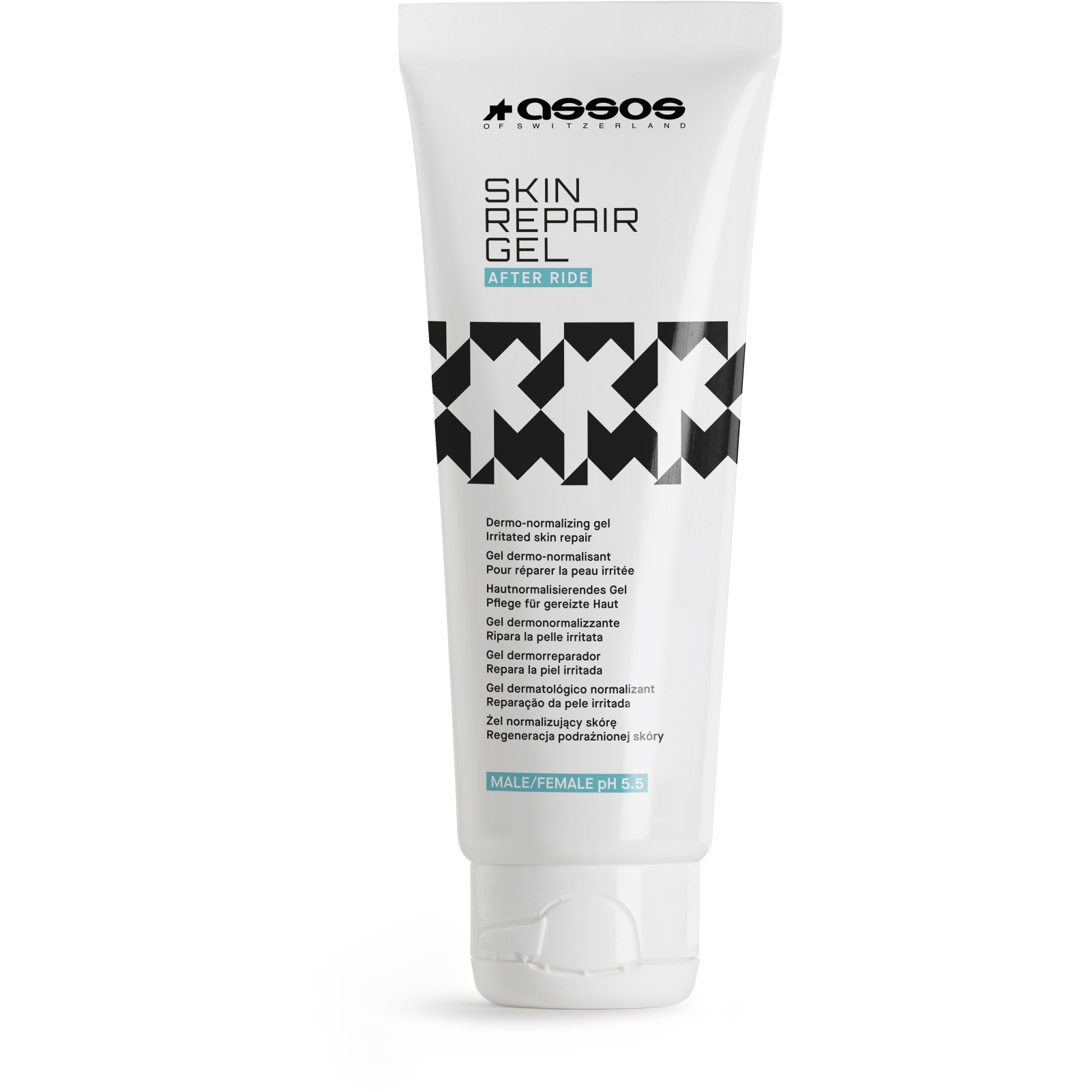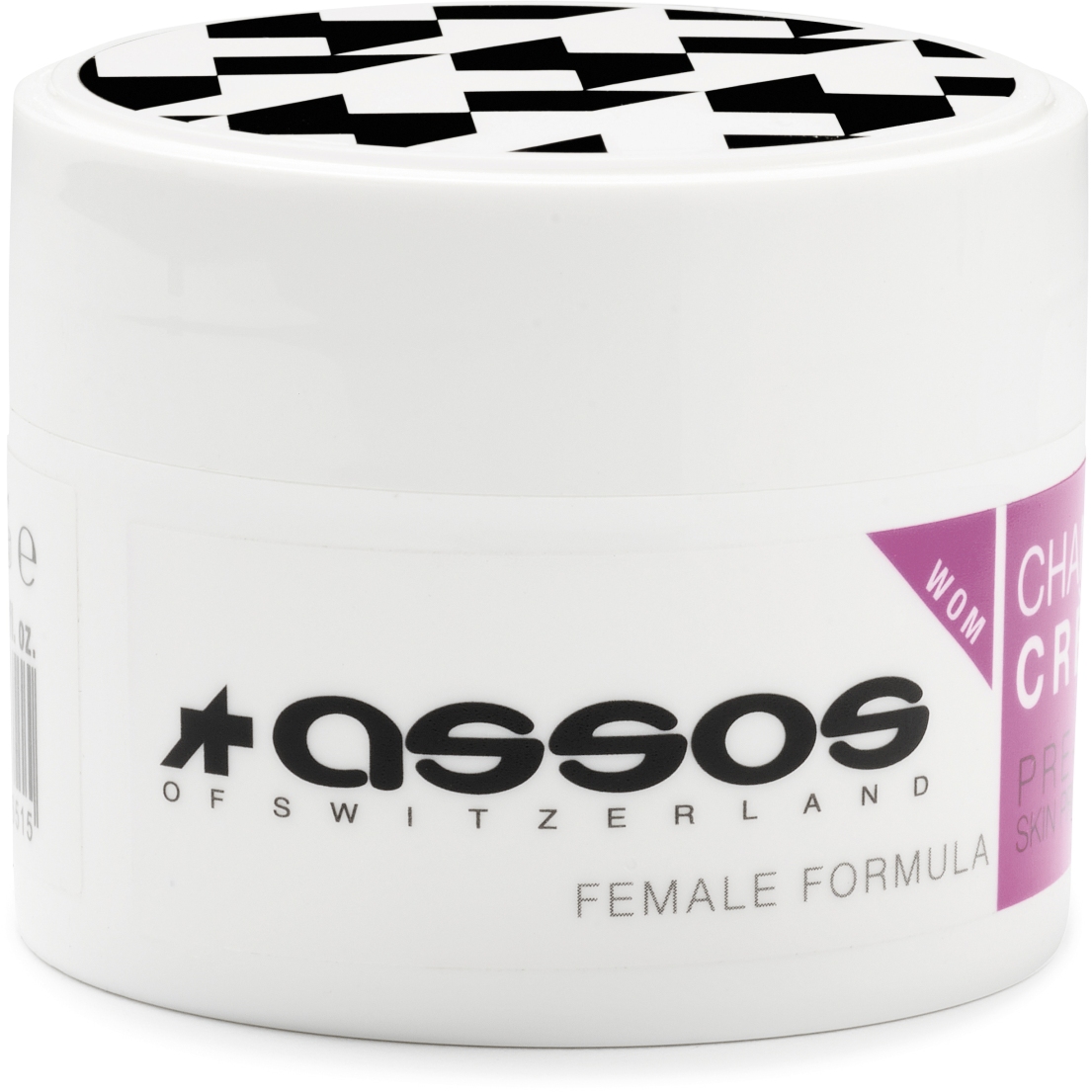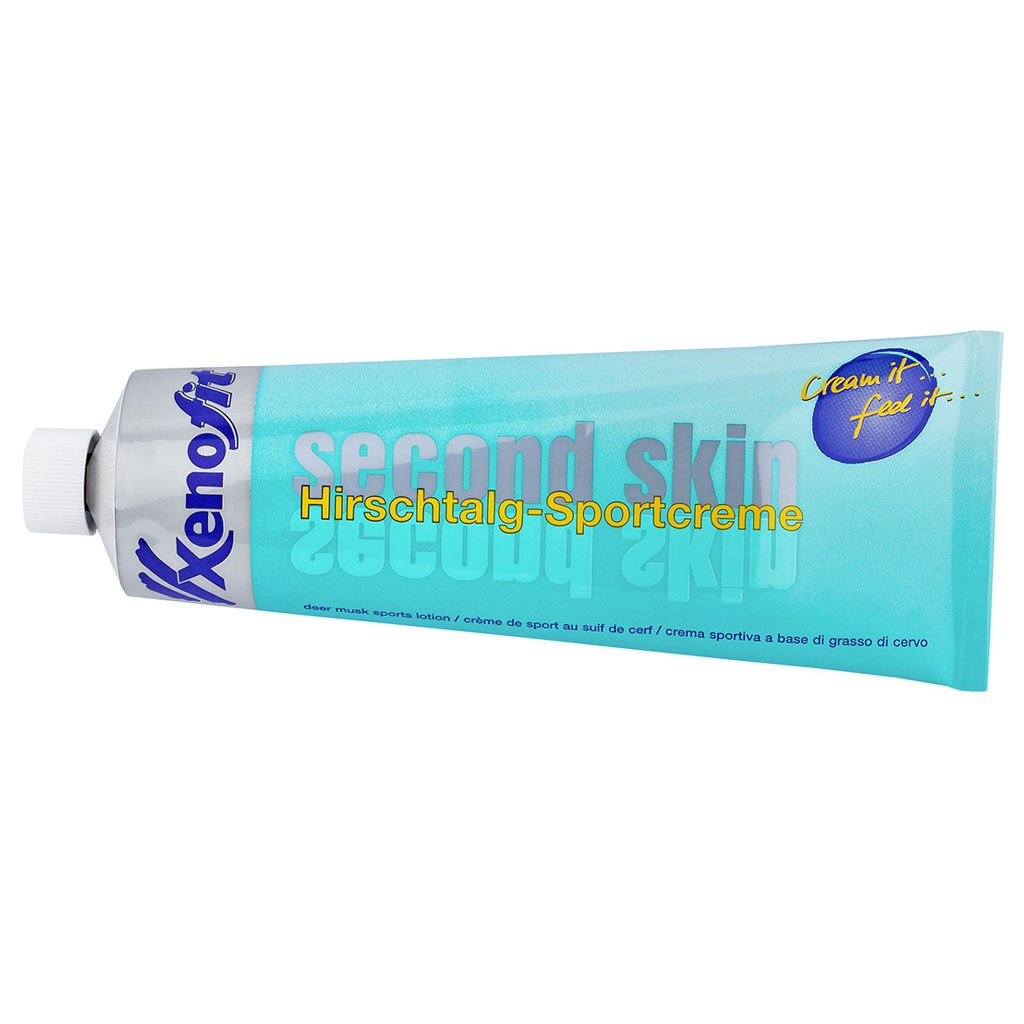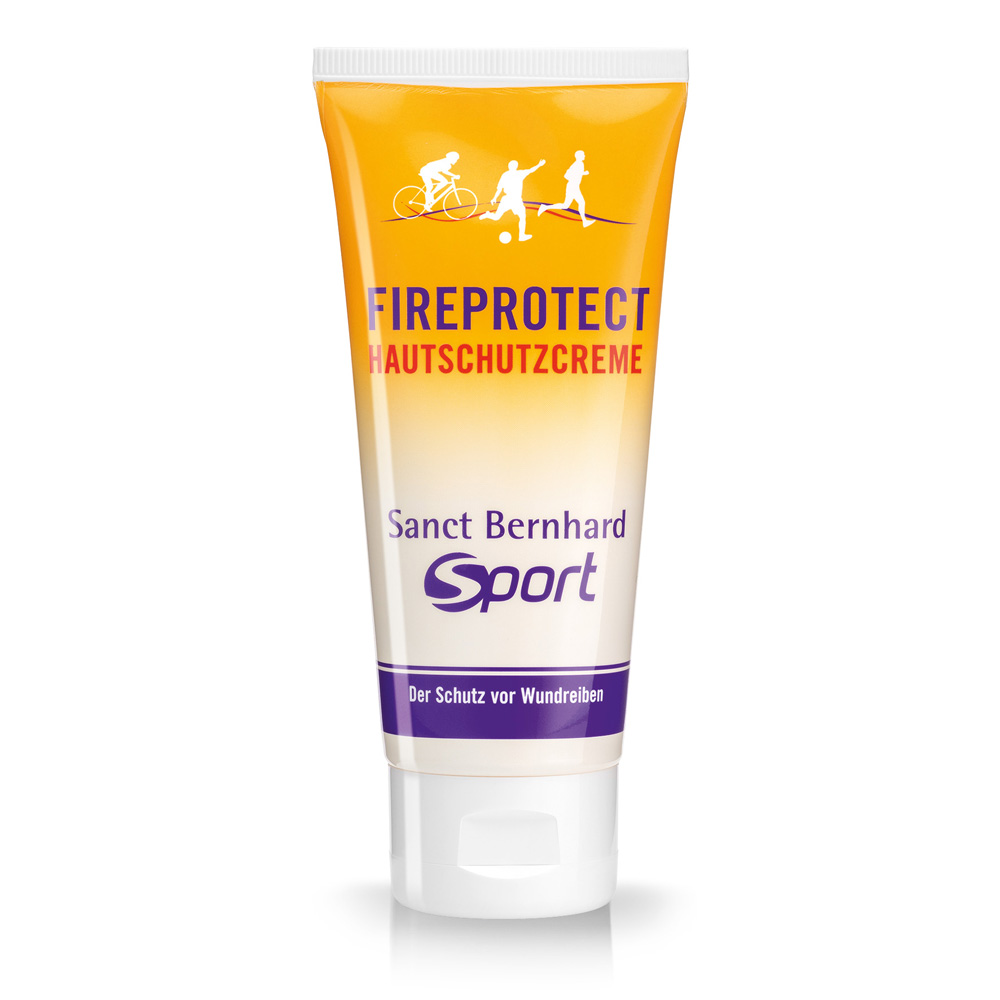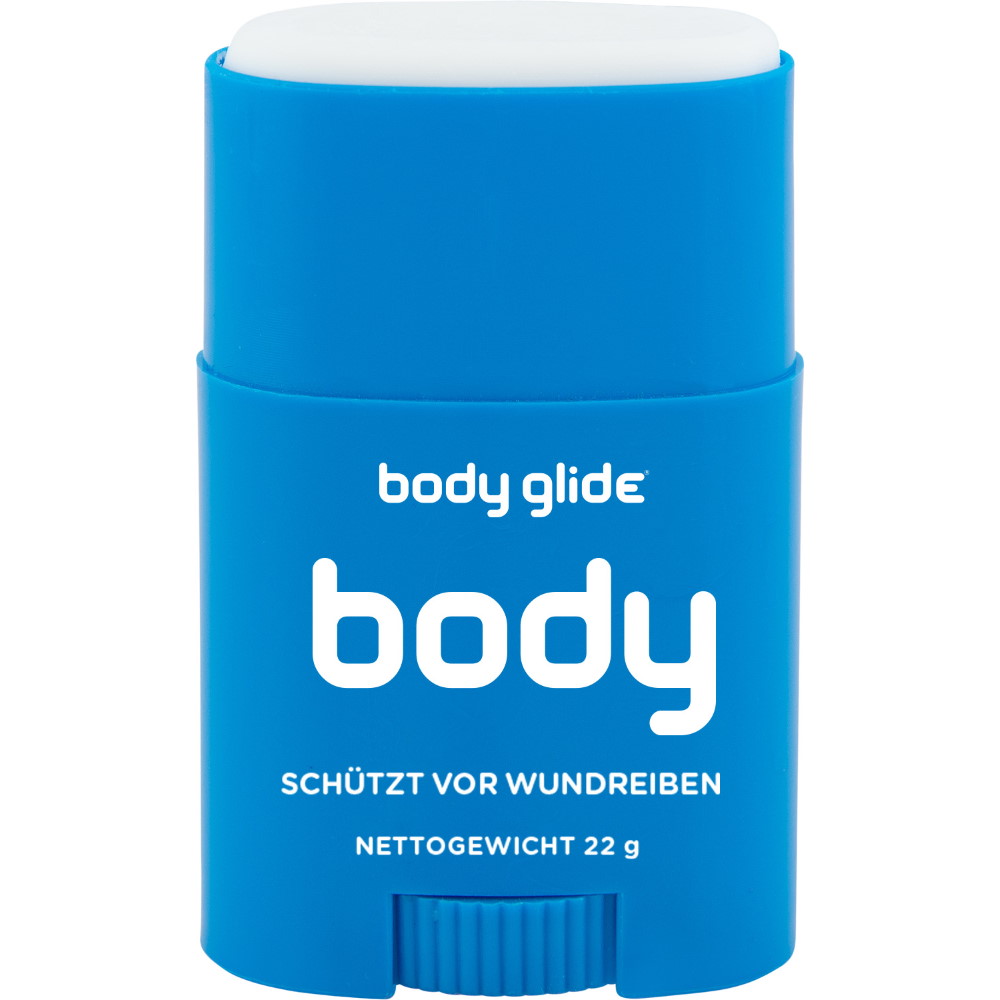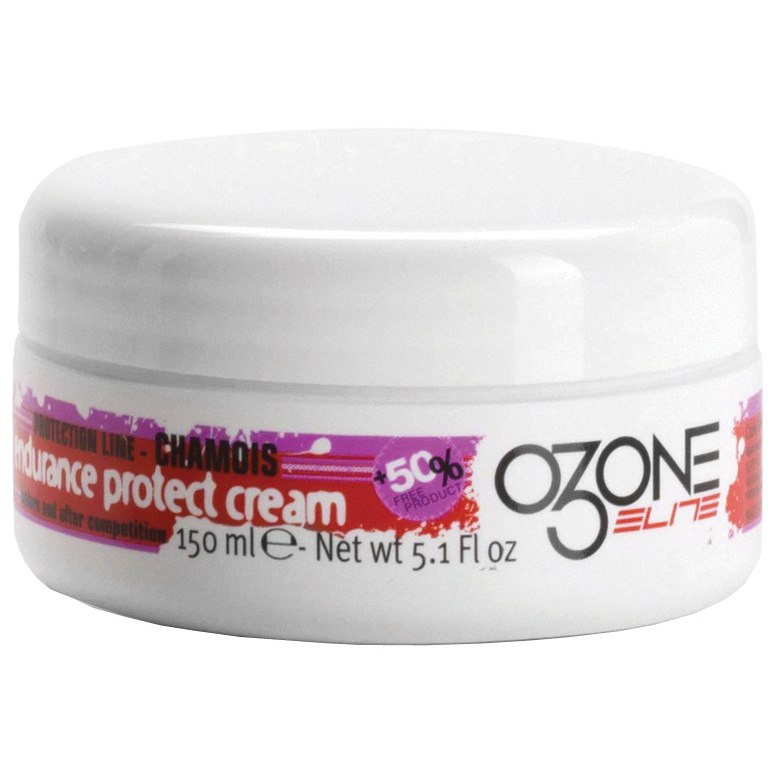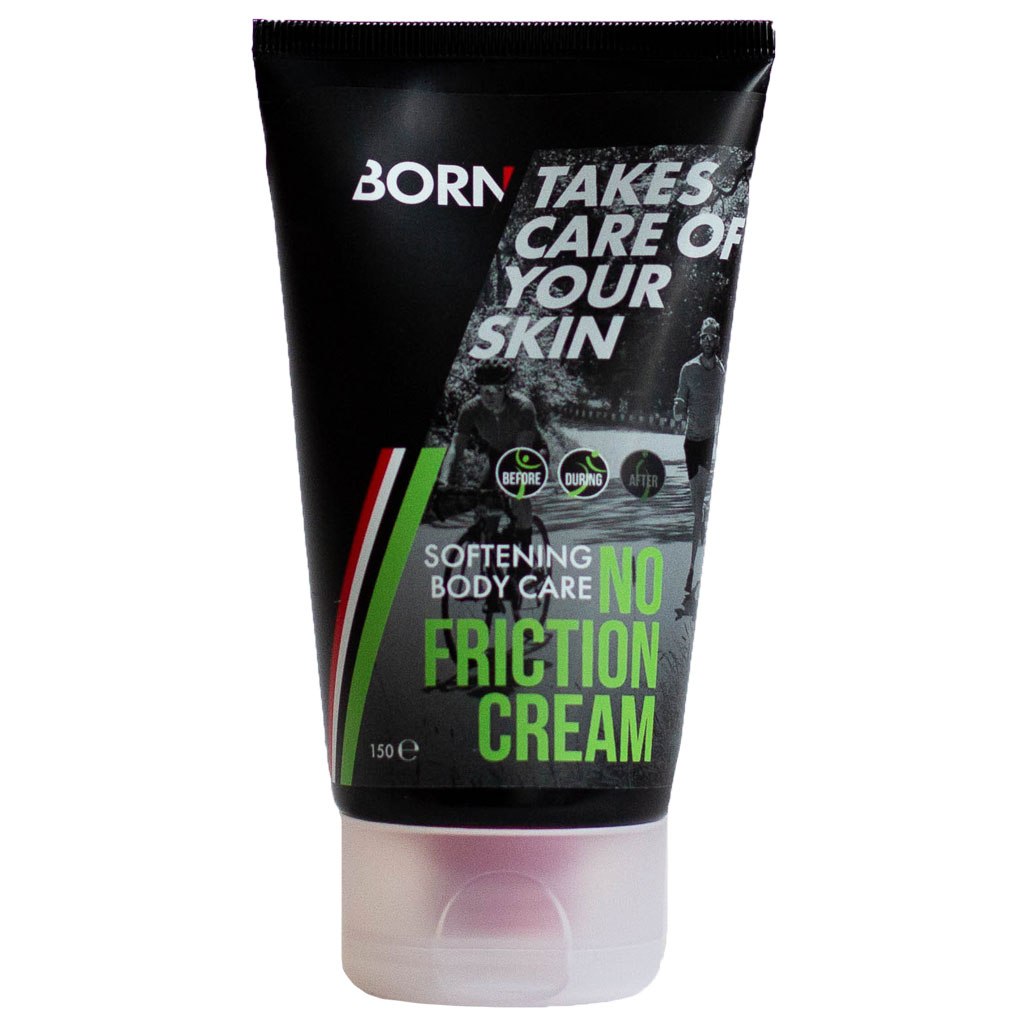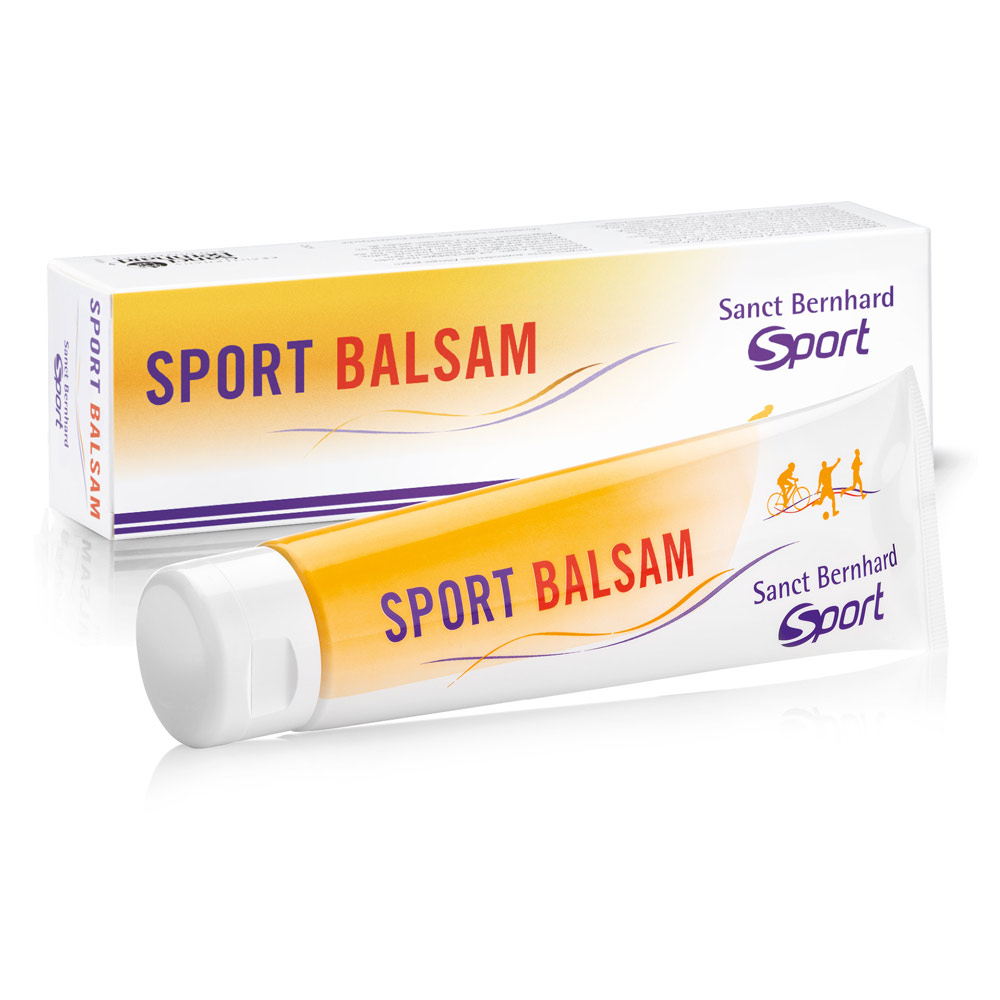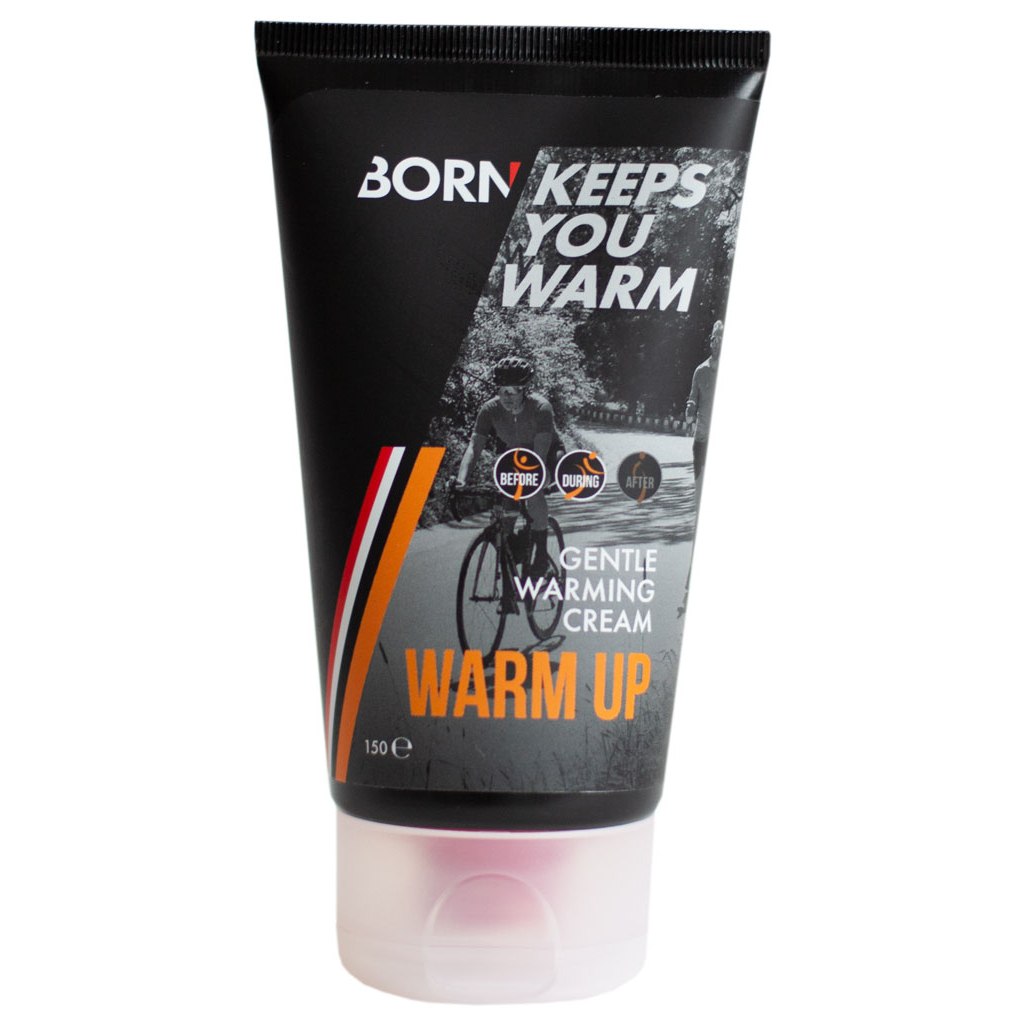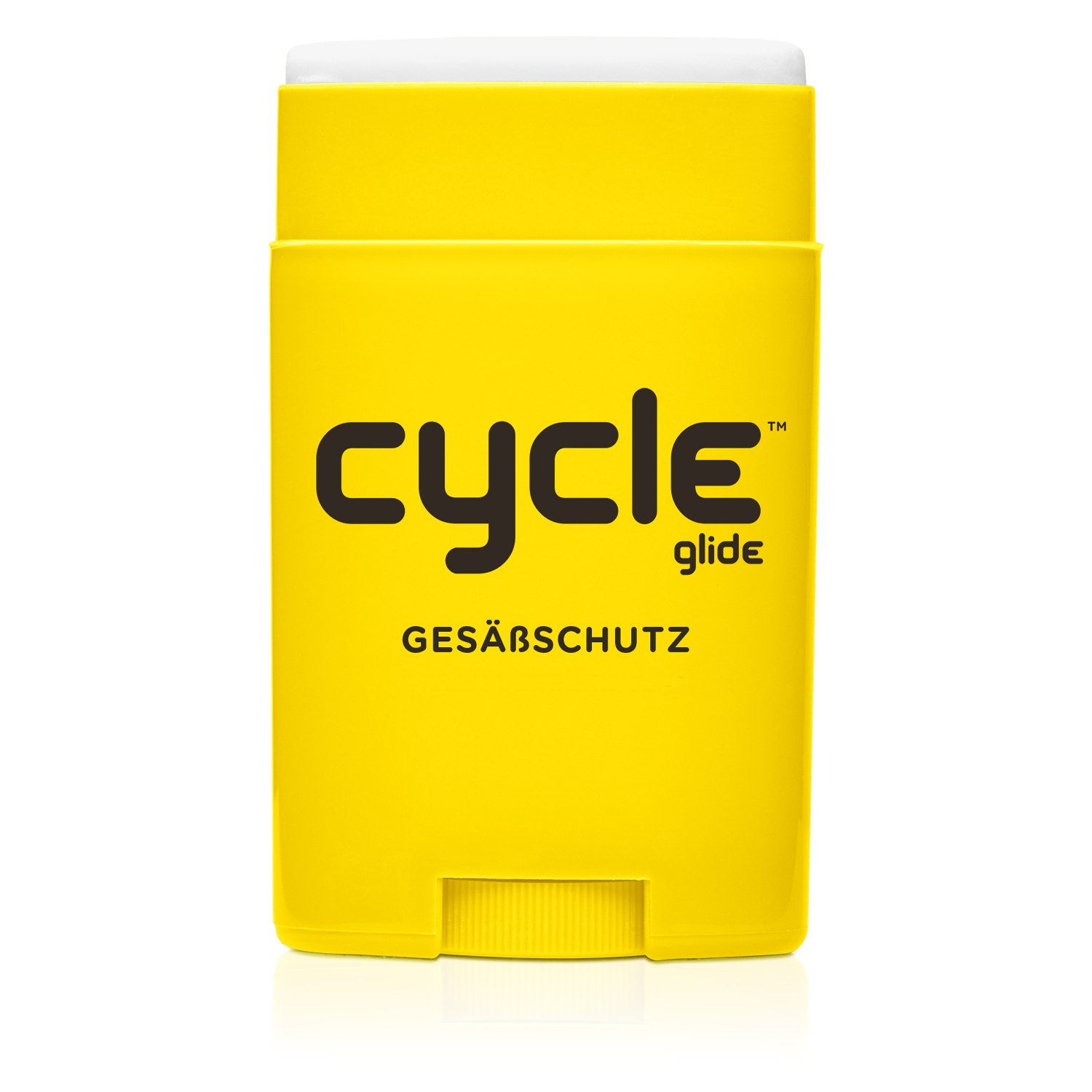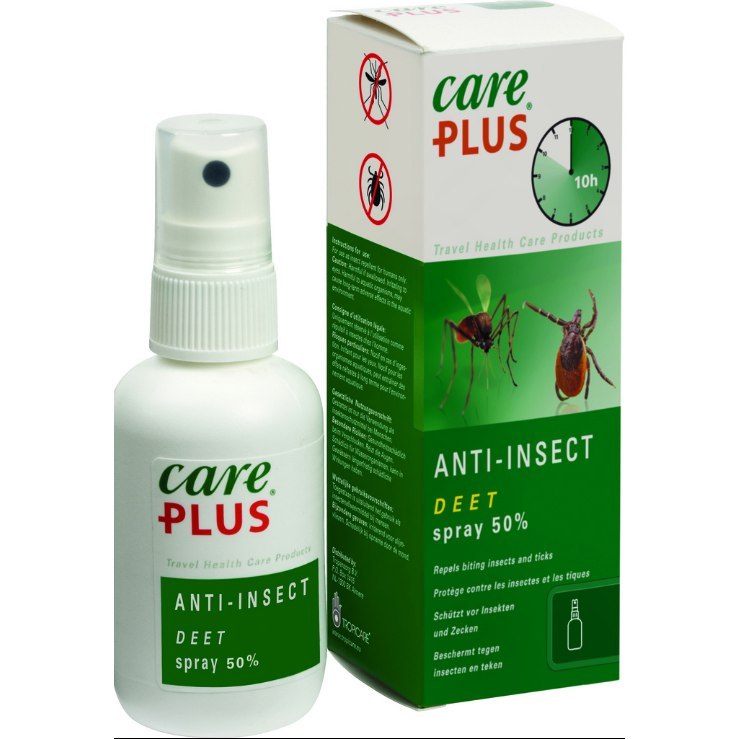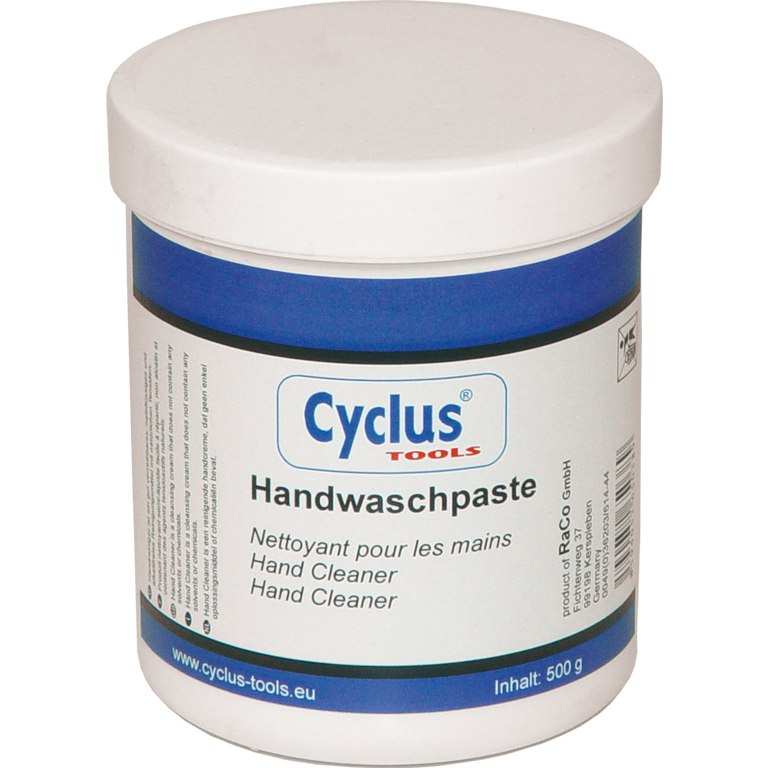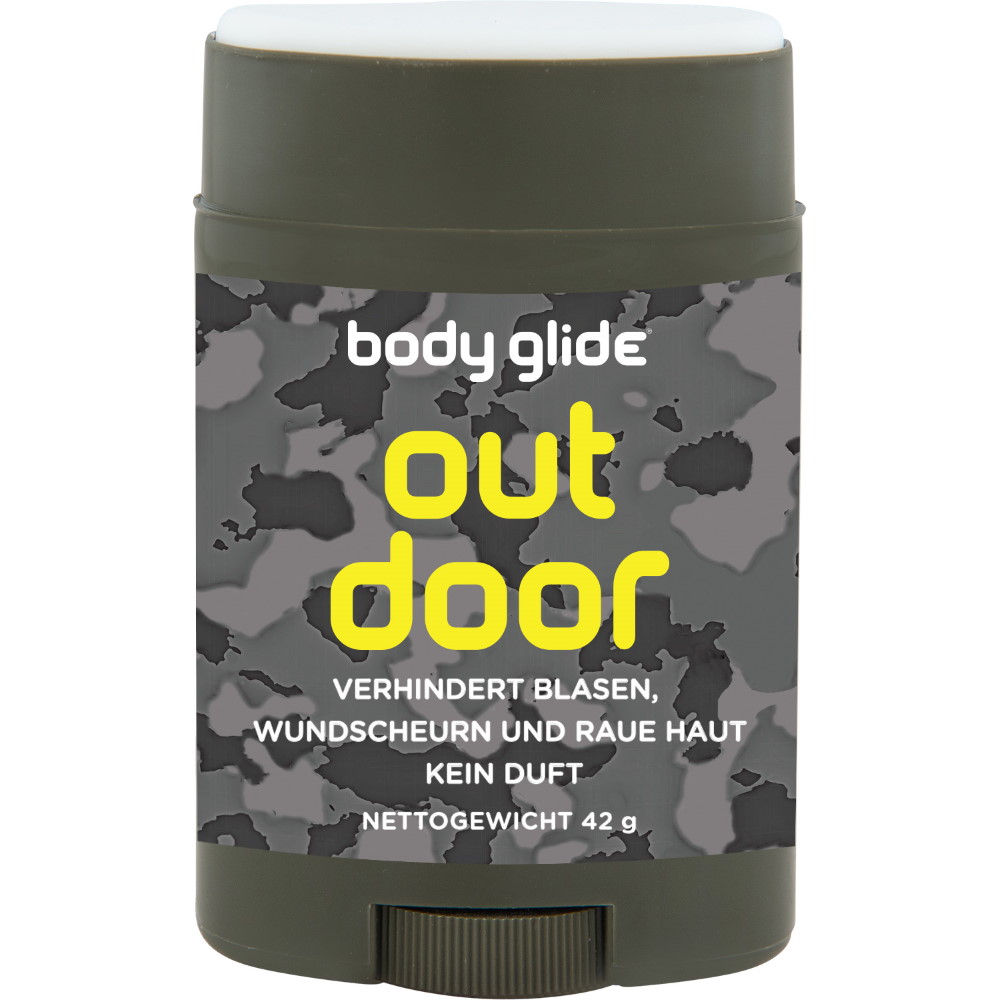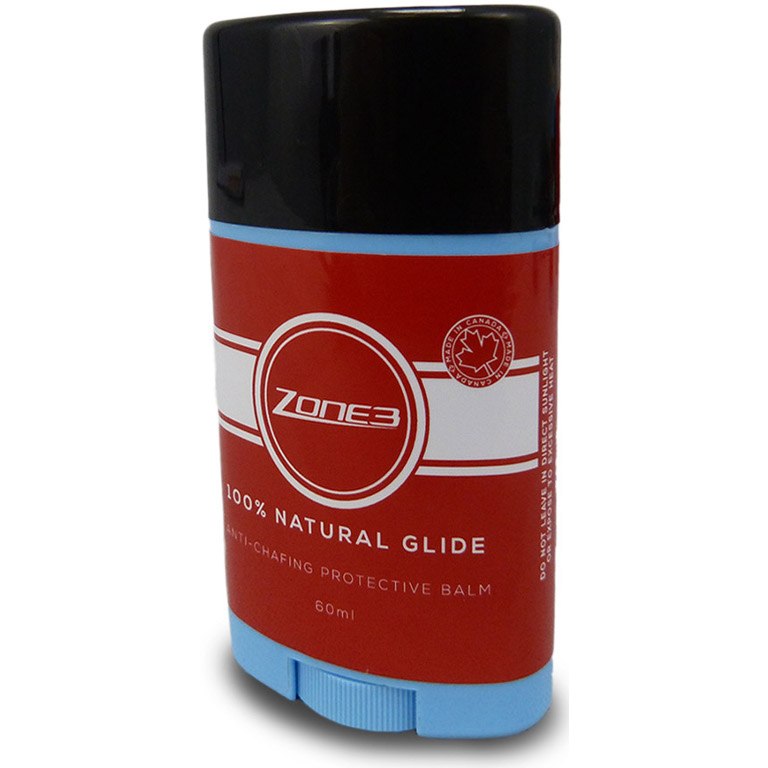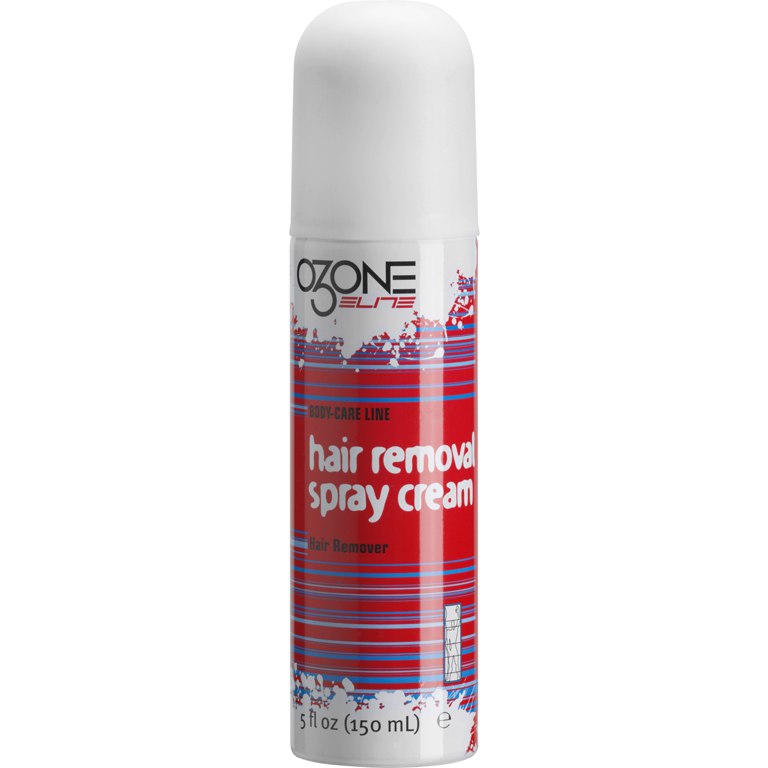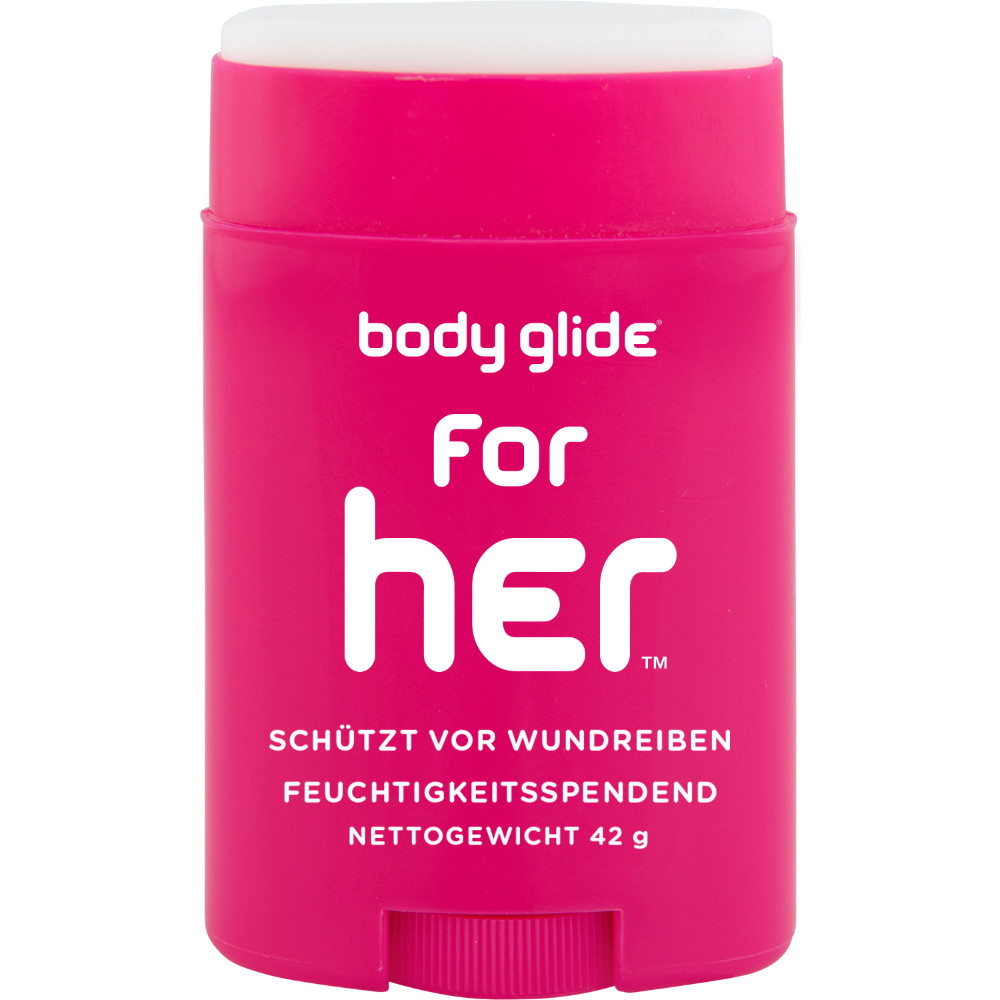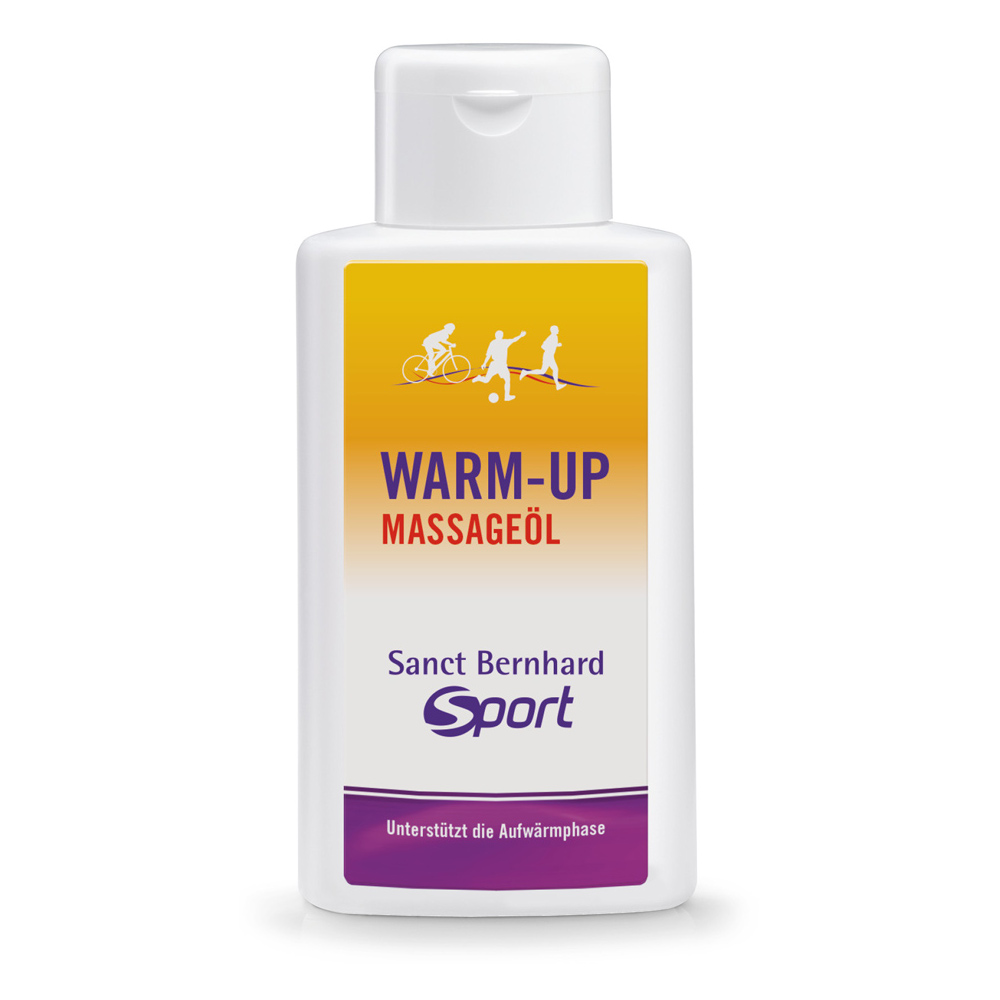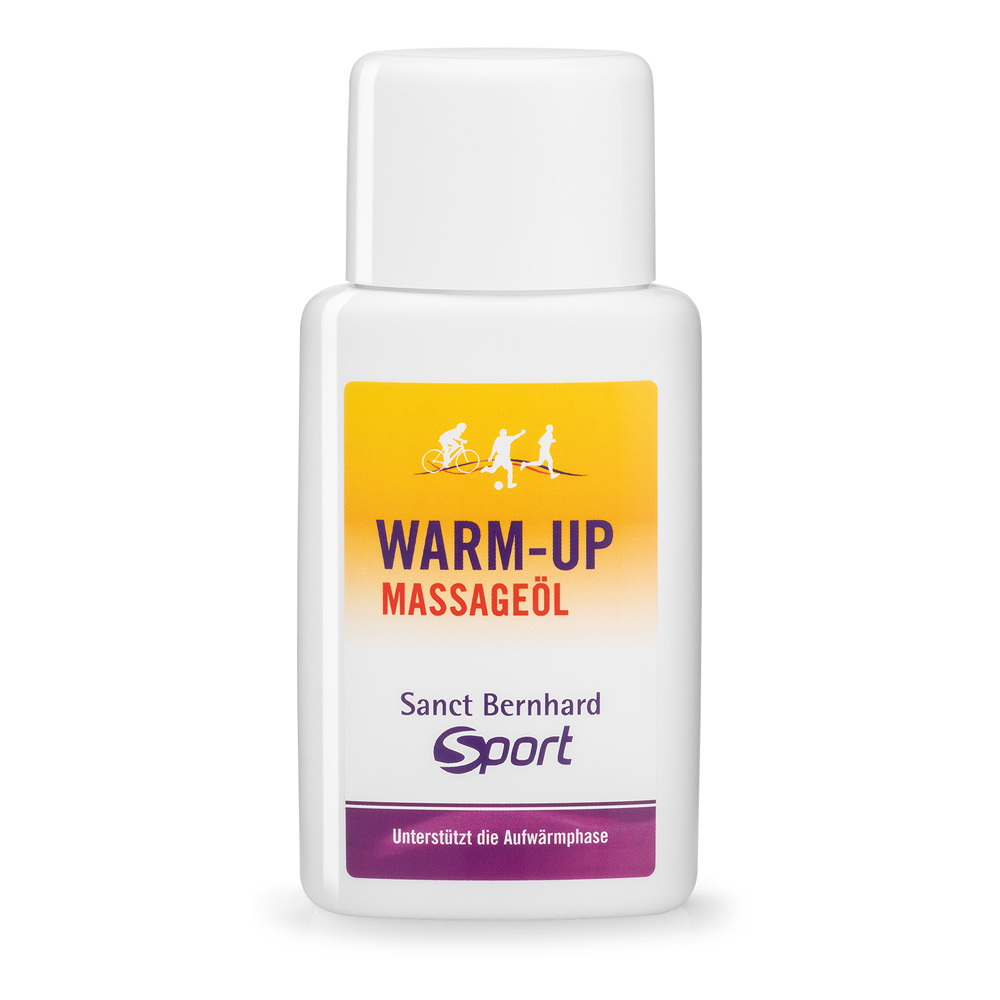- Home
- Fitness
- Sports Nutrition & Body Care
- Sportcrémes, Powders & Oils
Chamois Creams, Massage Oil and More – Protection, Regeneration and Body Care
Sitting in the saddle for hours on end facing the wind, unable to escape the relentless sun on a run, faced with salt or chlorinated water, and drenched in sweat on the treadmill, when hiking or in the fitness studio: your skin has to bear them all. This is particularly important to sensitive points of contact such as your hands, face or posterior. Because you can only ride for a long time if you’re sitting comfortably. In order to prevent chafing or dryness, it is essential to provide your skin with sufficient moisture and protection. Find out here how to take care of your body perfectly! Read more
Chamois Cycling Creams, Sport Massage Oils & Powders – Important Topics
- Your Skin: An All-Round Wonder that Needs to Be Taken Care Of
- Your Posterior: The Seat of Power
- Bid Farewell to Chafing in the Saddle: Chamois, Bum and Cycling Creams
- Ingredients & Compatibility of Cycling Creams and Trouser Creams
- Using Saddle Creams & Bum Balms
- Your Extremities: Care for and Protect Your Hands, Legs and Feet Your Feet Bear the Brunt – Blister Protection, Foot Creams and Massage Creams
- Speedy Legs – Hair Removal, Massage and Recovery
- Healing Hands – Non-Slip Creams and Disinfection You Can Rely On
- Your Head: Your Face Is Worth Protecting – Protective and Moisturizing Lip Salves and Sun Lotions
- The Sun: Friend and Foe – Sun Lotions, Sunscreen Sprays & After Sun
- Sun Protection Factor & UV Radiation: SPF, LSF, UVA & UVB – How Much Protection Is Sufficient?
- Sunscreen Creams and Sprays for Athletes: What Should Be Considered?
- Protection against Bites and Stings: Insect Protection for Skin and Well-being
- Holistic Care, Increased Performance & Better Regeneration: Warm-Up Creams, Shower Gels and Massage Oils
- Extra Tips for an Athlete’s Skin: Water and Vitamins
Your Skin: An All-Round Wonder that Needs to Be Taken Care Of
It is your largest organ, the one that protects you against harmful influences, regulates your body temperature and in essence is your point of contact with the environment. If you’ve ever had the pleasure of returning from a long bike ride or a long run with chafe marks and then inevitably headed for a shower, you will certainly never forget how much of a difference anti-chafing cream can make. Chapped, dry skin, which easily cracks and stings, is a similarly unforgettable experience at the swimming pool or in the winter months. UV protection should be a matter of course, but other lotions, balms and creams may make your training and life much more pleasant. The timing, appropriate pH value, correct application and frequency of showering can also play a decisive role in your skin’s health.
Your Posterior: The Seat of Power
From the largest organ to the largest and most powerful muscle, the gluteus maximus. The gluteus maximus is part of your hip muscles and is crucial for stability and power in virtually all kinds of sports and movements. What’s more, it also has to bear the fact that we sit on it all day. Particularly if you maintain an active seat in the saddle and your posterior works hard, a great deal of friction and heat are generated. The saddle, trousers and seams do the rest and can transform the most ideal bike rides into painful or short-lived outings. Seat rashes and abscesses can form easily if bacteria penetrate into the cracked skin.
Bid Farewell to Chafing in the Saddle: Chamois Cycling Creams
Special seat creams, bum creams or chamois creams for cycling provide a helping hand here. Oily and moisturizing extracts ensure that less rubbing occurs. Lots of bum creams also contain antibacterial or even cooling ingredients. Which cream works best for you will depend on whether you tend to suffer with dry skin – if this is the case, then you should go for a chamois cream that contains less water and more oily ingredients. We recommend using a chamois cream for cycling with a higher water content to provide a cooling effect on particularly strenuous bike rides.
Ingredients & Compatibility of Cycling Creams and Trouser Creams
It is worth taking the time to test out 2–3 different cycling creams to see which one works best for you. Ingredients such as Vaseline or plant extracts such as allantoin are generally well tolerated, while certain fragrance substances and preservation agents may lead to allergic reactions. Anyhow, most chamois cycling creams are free of mineral oils and are not tested on animals. Even if skin has already been damaged, chamois creams with herbal extracts (e.g. camomile) may speed up the wound healing process. A number of women chamois creams are also specifically formulated for feminine skin.
Using Saddle Creams & Bum Balms
A few minor details are to be noted during use to gain the best possible results. You can apply the saddle or trouser cream either directly onto your skin (when doing so, always avoid private parts) or onto the trouser or seat cushion and in particular onto the seam. In doing so, ensure that you apply the cream with clean hands and that you do not contaminate the jar of cream. What’s more, it may be useful to go on your bike ride with a pair of freshly washed trousers, as the cream usually needs washing off once you are finished for the day.
Your Extremities: Care for and Protect Your Hands, Legs and Feet
Your Feet Bear the Brunt – Blister Protection, Foot Creams and Massage Creams
Our feet are a true wonder of nature, but at the same time they are the most used part of our body. On average, they absorb 2500 tonnes of weight per day (based on a body weight of 70 kg). The load is significantly increased during sports. Rubbing occurs on your feet and toes with each step in your running shoe, each revolution in your cycling shoe or each boulder in your climbing shoe. Sweat, dryness or even injuries occur on top of this. Skin irritations and pain are the consequences and may deter you from returning to the sport you love. To prevent this from occurring, we recommend a little foresight where your body care is concerned.
Comparable with chamois creams in terms of their composition and method, special blister protection creams and anti-friction creams are available for your feet, which decrease rubbing and prevent blistering. This is ensured by moisturizing ingredients and a sweat-resistant protective layer. If you can already feel sensitive spots on your feet or know from experience, then clever anti-blister plasters or blister protection tape may be a worthwhile purchase. Nowadays, these do not easily fall off the skin even during intensive training and form a unit with the foot so that you can move without pain. On an evening or after an activity or shower, you should also apply a nourishing foot cream (e.g. with urea) to keep your feet supple.
Speedy Legs – Hair Removal, Massage and Recovery
Studies in wind tunnels have repeatedly demonstrated that you can achieve 7% greater pedal power with waxed legs. Waxing not only offers aerodynamic benefits, but also makes it simpler to care for wounds following falls or accidents. Shaving is much easier with a depilatory foam and is common practice among professional cyclists and triathletes. Swimmers, runners, climbers or other athletes, who are frequently prone to skin injuries, may also reap the benefits of hair-free skin.
Your legs will also relish the regular care and most notably the restorative and regenerative creams and massage oils. Some sports lotions even promise less muscle ache following training and less muscle fatigue during training, for instance by adding the natural electrolyte bicarbonate.
Healing Hands – Non-Slip Creams and Disinfection You Can Rely On
Each and every day your hands need to keep a strong hold of things, but you also want them feeling smooth and nourished. They maintain your position on a rock or on your bike. They are exposed to the wind, rain, sun, water, dirt, rocks and bacteria. They provide you with feedback, power and control. The best way you can optimally support your own health and that of your hands is by giving them the attention and care they deserve.
The importance of hand disinfectants, sprays and gels are useful for more than just pandemic situations. Outdoor athletes and adventure enthusiasts should always have disinfectant for their hands and skin in their bag or in their first aid kit. And once your hands are clean, you should help them to have enough moisture handy. Many of the hand creams on the market are now vegan, entirely plant-based or also free from synthetic ingredients. What’s more, the creams are absorbed in no time at all and are long-lasting. As such, you will be able to maintain the perfect grip on a long bike ride or when climbing the boulder wall.
Your Head: Your Face Is Worth Protecting – Protective and Moisturizing Lip Salves and Sun Lotions
While you are able to cover the rest of your body with material and protect yourself against strong sunlight, one part of your face will always be up against the sun. Sunglasses and caps can lend a hand here. Both for clearer vision and a better view as well as to protect you from being sunburned or suffering from heat stroke. After all, it’s always important to keep a cool head when playing sports. Facial skin, in particular on the nose and lips, is highly sensitive to UV radiation and it is tricky to keep it out of the sun, especially in the summer months. The risk of severe burns is even greater on long mountain rides, in snow or on the water.
In order to make the most of the sunshine without any concerns, you should always apply face cream with sun protection prior to any training session. Special mixed combined solutions are available for your face, which enable you to apply sunscreen and lip balm at once. The vast majority of sunscreens are also water-resistant and have nourishing properties. Along with the UVA/UVB filter, premature skin ageing is prevented and you no longer need to worry about painful burns. And even more importantly, you can significantly reduce your risk of getting skin cancer.
Lips are one area of our bodies that are most often forgotten about when it comes to applying sun cream. Burnt, dry and raw lips are not just a problem while eating and drinking. Nourishing lip salves with sun protection factor feel pleasant on your lips, providing essential moisture and active ingredients such as aloe vera and allantoin and give your lips a minty fresh sensation, for instance. We will explain in the next section what you need to consider in relation to sun protection factor and ingredients, especially during sports.
The Sun: Friend and Foe – Sun Lotions, Sunscreen Sprays & After Sun
Sun Protection Factor & UV Radiation: SPF, LSF, UVA & UVB? How Much Protection Is Sufficient?
When choosing the sun protection factor (SPF), one rule is particularly important for Northern Europeans: more is more.
The sun protection factor specifies how much longer you can be exposed to the sun with sun cream on than without it. Sun lotions should provide protection against UVA as well as against UVB. In northern countries, you can expect sufficient protection from an SPF of 15. In the warmer months or when heading south, you should opt for an SPF of at least 30 and preferably up to 50.
The classification of various skin types and their self-protection time offers a good guide on how long you should stay in the sun with appropriate sun protection:
| Skin type | Properties | Self-protection time |
| 1 - Nordic | Very light skin, mostly blonde or red hair, blue or green eyes, possibly freckles, skin almost does not tan, burns easily | 5 – 10 minutes |
| 2 - Celtic | Light skin, mostly blonde hair, blue or green eyes, possibly freckles, skin tans only slightly | 10 – 20 minutes |
| 3 - Mixed | Light or light brown skin, mostly dark blonde or brown hair, rarely gets sunburn, skin becomes brown gradually | 20 – 30 minutes |
| 4 - Mediterranean | Brown skin, mostly brown or black hair, brown eyes, rarely gets sunburn, skin quickly becomes bronzed | 30 – 60 minutes |
| 5 - Dark | Dark brown skin, mostly black hair, skin quickly bronzed, almost never gets sunburn | 60 – 90 minutes |
| 6 - Black | Very dark skin, mostly black hair, skin hardly gets any darker, sunburn very rare | 90 – 120 minutes |
Thanks to this classification, you can simply multiply your presumed self-protection time with the sun protection factor and to find the maximum time you can spend in direct sunlight without getting sunburned.
Sunscreen Creams and Sprays for Athletes: What Should Be Considered?
Strenuous activities in the scorching sun or even in water place high demands on your skin and sun protection. Creams and sprays should be absorbed as swiftly as possible, remain water-resistant for long periods and not cause any irritations or run into the athlete’s eyes. Sun protection specifically developed with athletes in mind enables long bike rides in the sweltering heat without any unpleasant side effects. And even after an exhausting day in the saddle with plenty of sunshine and a relaxing shower, you can treat your skin to some sports after sun cream to speed up recovery and keep it feeling healthy.
Protection against Bites and Stings: Insect Protection for Skin and Well-being
A similar approach to sun lotion also works here: If you want to head off into the countryside without any worries, then you ought to get hold of some appropriate protection. This is not just for tropical or southern climes. Ticks, which harbor diseases such as Lyme disease or tick-borne encephalitis, are spreading further north as a result of climate change. Mosquito bites too can be more than a mere annoyance. They can become infected and cause infections. Depending on the region, they may also spread malaria, yellow fever, dengue fever or Zika virus. As if the itching wasn’t bad enough on its own.
Insect protection sprays keep the blood suckers at bay and help you to get rid of pesky and dangerous gnats, mosquitoes, ticks or midges. Also available as a roll-on, gel or lotion, they provide you with several hours of protection thanks to chemical antibodies such as DEET® or natural lemon and eucalyptus exacts. And if you catch the blood suckers in action, you’ll be relieved to have a tick remover, bite relief, poison extractor or soothing insect gel in your luggage.
Holistic Care, Increased Performance & Better Regeneration: Warm-Up Creams, Shower Gels and Massage Oils
Warm-up creams, massage creams and stimulating sports oils are beneficial before you commence training. Ingredients that promote blood circulation provide the warming effect. This is the perfect choice in inclement weather and cold temperatures or for the warm-up phase before the workout. Massaged into your skin as a massage oil or warm-up gel leaves your muscles feeling supple and less prone to injuries.
It goes without saying that massage oils and similar are at least just as good for use after a training session or competition. They are relaxing and regenerative, while they alleviate any muscle aches and leave you feeling good. Even before applying it to your skin after an activity, you should rinse your skin under the shower with a mild soap or shower gel (a pH value of 5.5 is ideal).
Extra Tips for an Athlete’s Skin: Water and Vitamins
To keep your skin adequately moisturized, it is necessary to not only provide your body with the right ingredients on the outside (with creams), but also on the inside. Taut, firm and healthy skin requires plenty of water (or green tea) and healthy fatty acids, proteins and vitamins such as A, C and E, preferably plant-based organic food. You can grab energy bars, energy gels and sports drinks on the go or before, during and after your training to make sure you’ve got all you need on board. Sports supplements can also assist you in your care routine and further increase your general well-being.
As satisfying as hot showers are, each time you take one they wear away the skin's own protective layer and dry it out. Mild shower gels are rather helpful, but even better is if you don’t shower too often and keep the temperature cooler. After a shower, your pores are wide open and the skin is now ideal for a deep clean with a gel or foam. And afterwards don’t forget to take great care of your skin!


